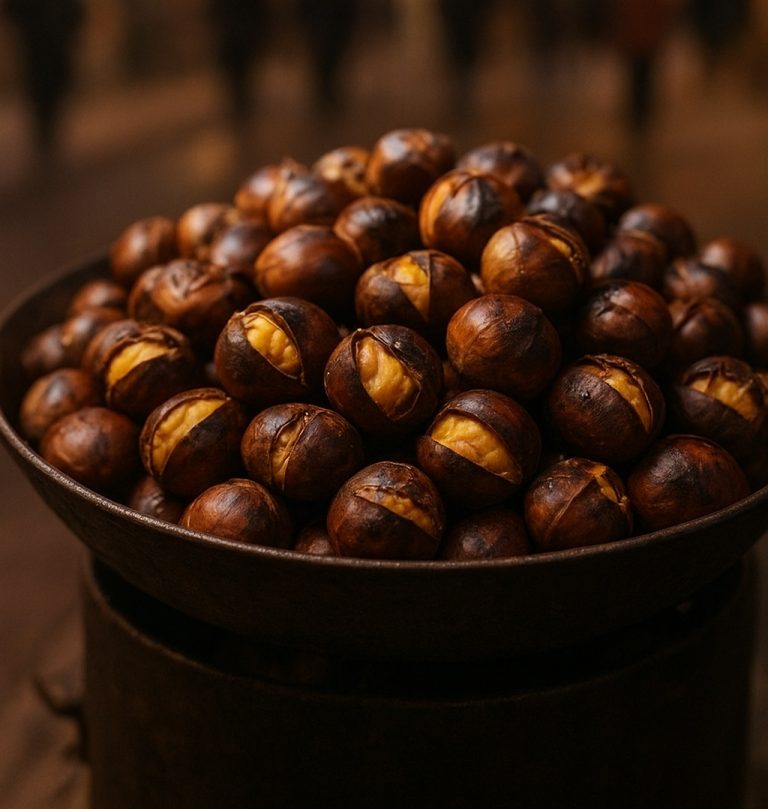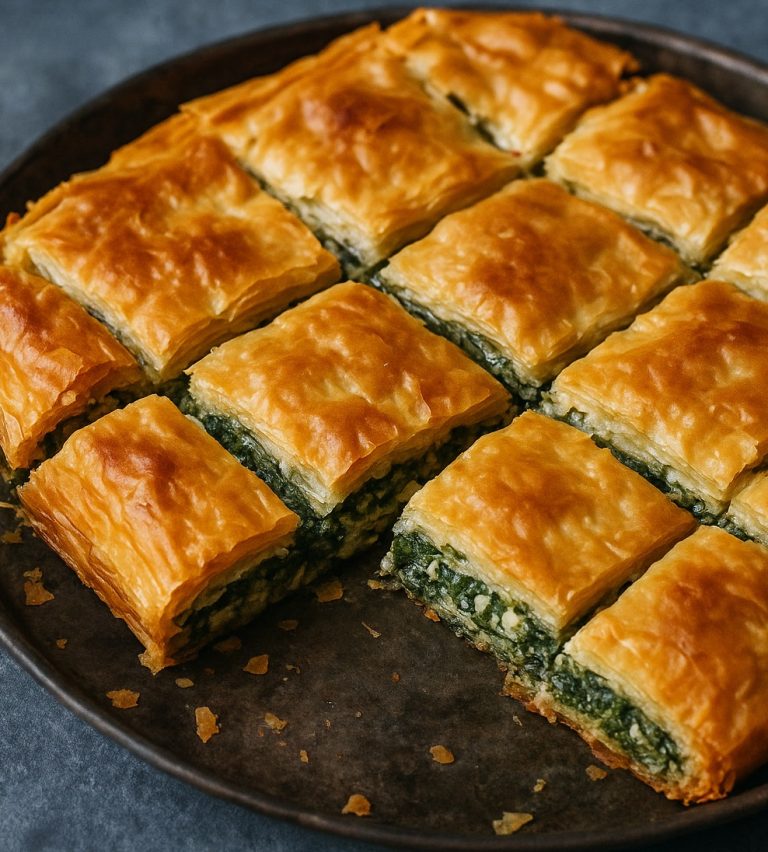
Introduction
Patzarakia is a beloved traditional Greek dish that showcases the rich flavors and ingredients of Greece. Known for its simplicity and heartiness, this dish is not only easy to prepare but also embodies the spirit of Greek hospitality. In this article, we will explore what Patzarakia is, its history, ingredients, preparation methods, cultural significance, modern variations, and tips for enjoying it.
History
Patzarakia has deep roots in the rural regions of Greece, particularly on the island of Crete. Historically, it was a dish made during harvest time when families would gather fresh vegetables from their gardens. This practice highlights the importance of seasonal eating and local produce in Greek culture. Over the years, Patzarakia has evolved but has always remained a symbol of home-cooked comfort food.
Ingredients
The beauty of Patzarakia lies in its simplicity. Here are the key ingredients typically used:
- Vegetables: The dish often features zucchini, eggplant, and bell peppers. These vegetables are not only delicious but also abundant in Greek gardens.
- Grains: Rice or bulgur wheat serves as the base, providing a filling component that absorbs the flavors of the dish.
- Herbs and Spices: Fresh herbs like parsley, dill, and mint are essential for enhancing the taste. They add brightness and aroma to the dish.
- Olive Oil: A staple in Greek cooking, high-quality olive oil is used for sautéing and drizzling over the finished dish, adding richness and depth.
How to Make Patzarakia
Making Patzarakia is straightforward and can be done in a few simple steps:
- Sauté: Start by heating olive oil in a large pan. Add chopped onions and minced garlic, cooking until they are soft and fragrant.
- Add Vegetables: Toss in diced zucchini, eggplant, and bell peppers. Sauté the vegetables until they are tender and slightly caramelized, which enhances their natural sweetness.
- Mix in Grains: Stir in the rice or bulgur wheat, allowing it to toast for a minute or two. This step adds a nutty flavor to the dish.
- Season: Add fresh herbs, salt, and pepper. Pour in water or vegetable broth, bringing the mixture to a boil. Reduce the heat and let it simmer until the grains are cooked and the liquid is absorbed.
- Serve: Once cooked, fluff the dish with a fork and serve it warm. Drizzle with additional olive oil and garnish with fresh herbs for a beautiful presentation.

Cultural Importance
Patzarakia is more than just a meal; it represents the heart of Greek hospitality and the importance of family gatherings. In Greece, sharing food is a way to connect with loved ones, and Patzarakia is often served during family celebrations, holidays, and gatherings. The dish embodies the values of sharing and togetherness, making it a cherished part of Greek culture.
Modern Changes
While traditional Patzarakia remains popular, modern cooks have begun to adapt the dish. Some variations include adding proteins like chicken or lamb, making it a more complete meal. Others experiment with different grains, such as quinoa or farro, to cater to dietary preferences. Despite these changes, the essence of Patzarakia—its comforting flavors and communal spirit—remains intact.
Tips for Enjoying Patzarakia
- Pairing: Patzarakia pairs well with a side salad, Greek yogurt, or crusty bread. These additions enhance the meal and provide a variety of textures.
- Leftovers: This dish stores well in the refrigerator and can be enjoyed the next day. The flavors often deepen after resting, making it even more delicious.
- Customization: Feel free to customize Patzarakia with your favorite vegetables or herbs. Seasonal ingredients can elevate the dish and make it unique to your taste.
Conclusion
Patzarakia is a delicious and simple Greek dish that celebrates fresh ingredients and the joy of family bonds. Its roots in Greek culture and its adaptability make it a timeless favorite. Whether enjoyed at home or in a restaurant, Patzarakia invites everyone to experience the rich traditions of Greek cooking. With its hearty flavors and communal spirit, it’s a dish that brings people together and warms the heart.



